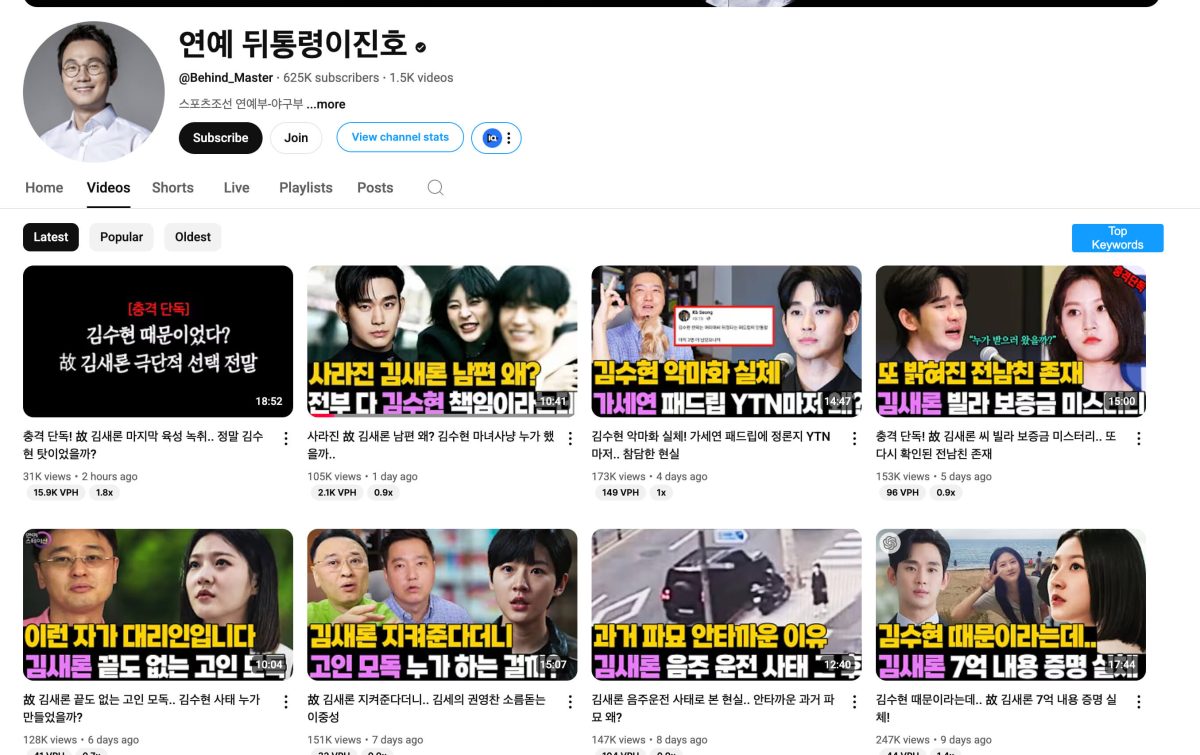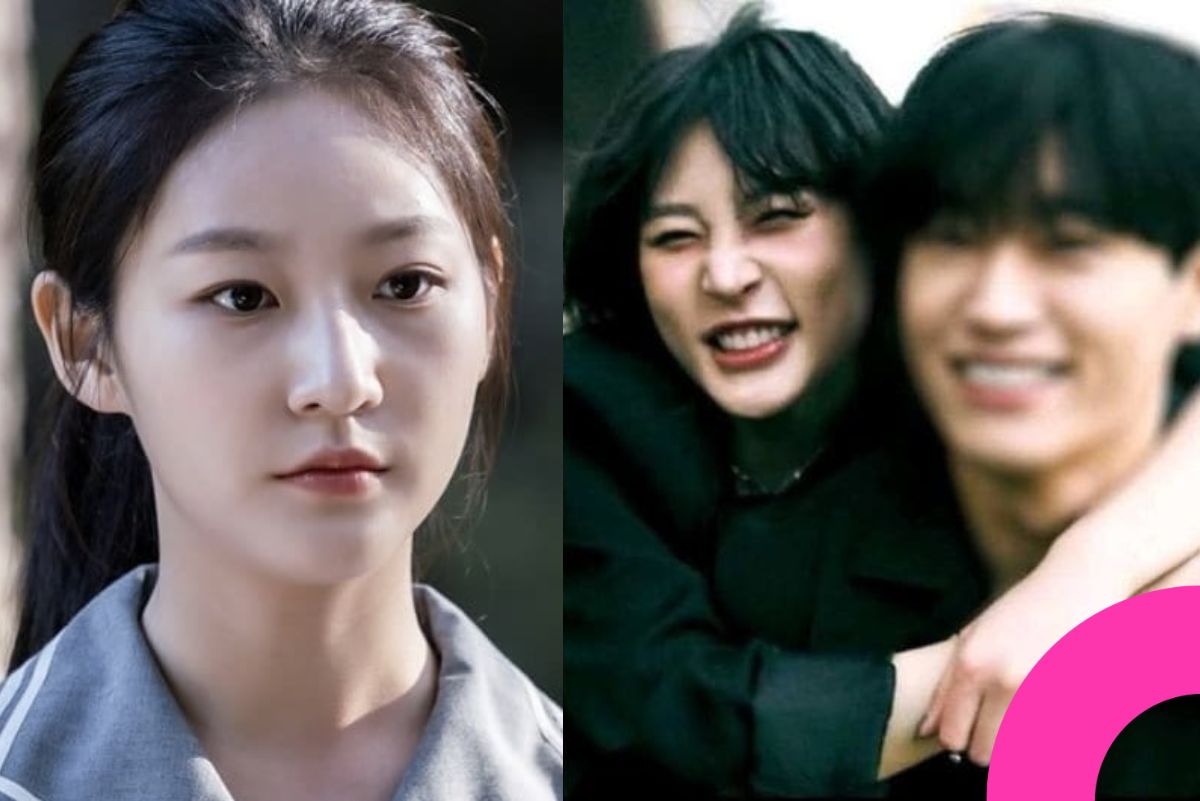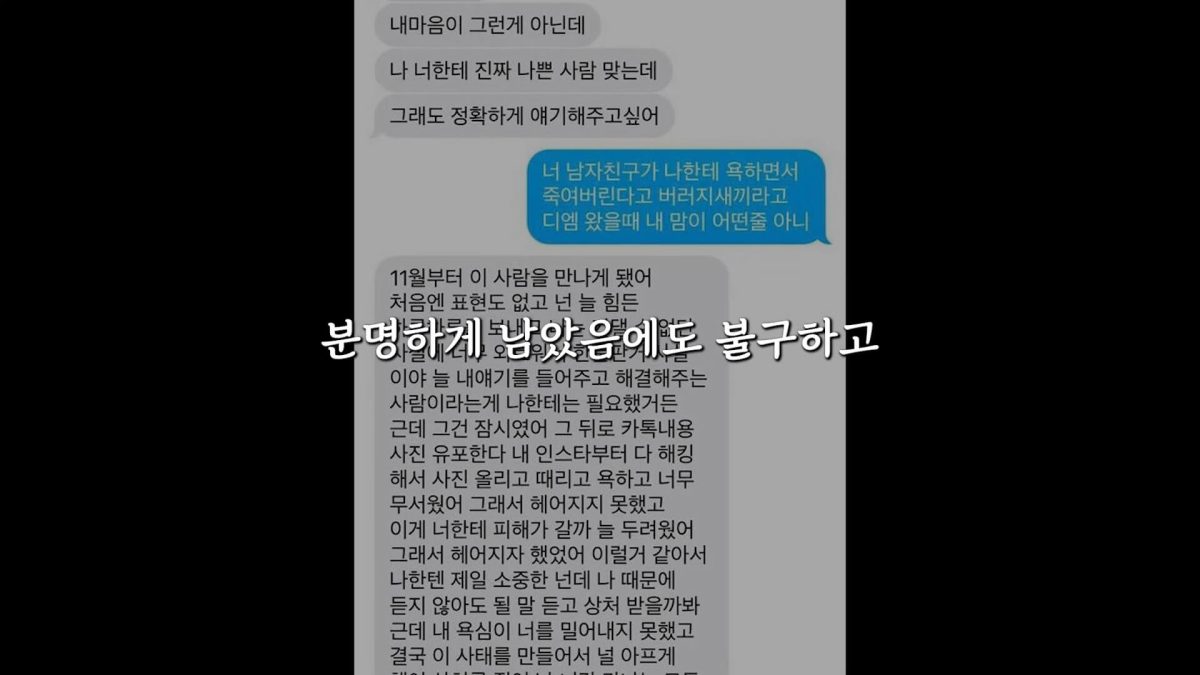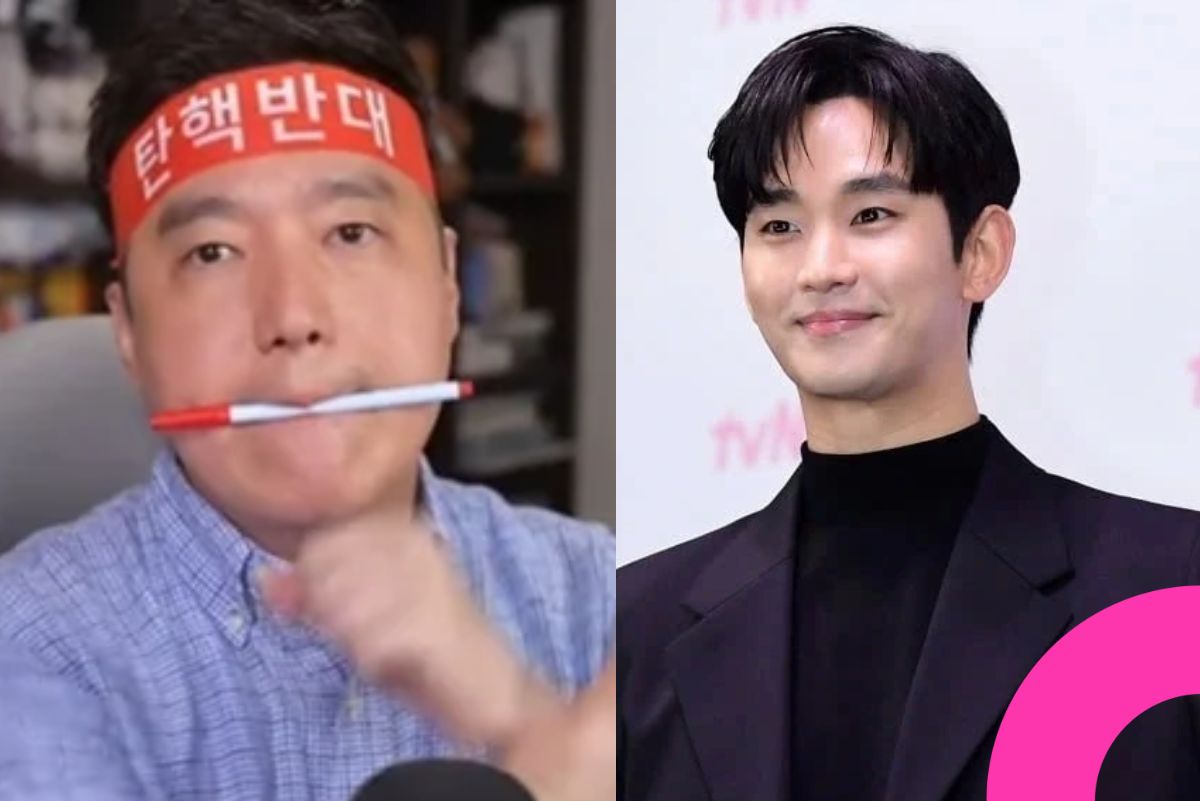
On April 21, YouTuber Lee Jin-ho released a video titled, “Why did the late Kim Sae-ron’s husband disappear? Who did the witch hunt for Kim Soo-hyun?”, sparking a wave of public reevaluation surrounding the tragic loss of actress Kim Sae-ron and the ongoing attacks on actor Kim Soo-hyun.

During the press conference held on March 27, lawyer Bae Ji-seok made a striking statement: “This is not the place to clarify the cause of Kim Sae-ron’s death.” But as new details emerge, many are beginning to question why the real issues have been ignored while blame has been heaped on others, particularly Kim Soo-hyun, whom Kim Sae-ron dated in the past.
Verifying the Timeline, and the Truth
In fact, Kim Se-eui from Garo Sero has yet to produce the most important document, the KakaoTalk conversation from June 2016. The investigation found that even after their breakup, Kim Sae-ron still held lingering feelings, yet she dated other people in the interim.

The key issue lies not in past romance, but in the immense personal burdens Kim Sae-ron carried: becoming the family breadwinner at a young age, working multiple jobs after her DUI scandal, worrying about late rent, and being followed to her part-time workplace. She once even considered seeking spiritual help through a traditional Korean shamanic ritual (신내림) but couldn’t afford it.
The American Husband: A Central Yet Overlooked Figure
While public outrage has centered around Kim Soo-hyun, a more pressing concern lies in Kim Sae-ron’s relationship with her American husband. They met in November last year, and by January, they had married in the U.S. Despite friends warning her about the man, Kim went through with the marriage, believing it was her only way out of an unbearably difficult life.

Kim was reportedly looking for emotional security and had long expressed a strong desire to get married. But the reality was far from comforting.
The husband reportedly showed extreme possessiveness. In one incident, Kim had to ask a bar to send CCTV footage to prove she was drinking alone. Her phone mysteriously broke every time she returned from the U.S., twice in total, suggesting possible physical conflict.
“I’m Covered in Bruises. I Want to Run Away”
Kim confided in a former boyfriend, a former K-pop trainee, that she lived in constant fear. “He hacked my Instagram, posted without my permission, hit me, cursed at me… I’m so scared, I can’t even leave him.” She added, “Every day is filled with anxiety. I’m bruised. I want to run away and die.”
In audio recordings, Kim described her husband as unstable, especially when drinking, and controlling, managing her KakaoTalk and Instagram accounts and forcing her to communicate via Telegram. Despite these harrowing details from Kim herself, public condemnation has disproportionately fallen on Kim Soo-hyun, a man who wasn’t part of her life for years.

Why then has the American husband received little criticism? Some speculate his close ties to Garo Sero Institute’s Kim Se-eui, who conducted a friendly interview with him, may have influenced public sentiment. Shockingly, the husband didn’t even attend Kim’s funeral, despite still being her legal spouse. Yet Kim Soo-hyun was blasted online for not being present.

This selective scrutiny raises serious concerns about fairness and the actual intent behind the media’s portrayal.
Final Days and Emotional Collapse
Until February 11, Kim was confirmed to still be in the U.S. She cried often during phone calls with friends, especially after receiving “shocking documents” from her husband. “Am I really such a horrible person?” she reportedly asked in despair.

Within days, the couple’s relationship deteriorated so drastically that divorce papers were reportedly in process.
There is substantial evidence, emotional, digital, and testimonial, pointing to the American husband’s role in Kim’s suffering. Yet he remains largely unscathed in the public eye, while Kim Soo-hyun continues to bear the brunt of accusations without any solid evidence tying him to her recent pain.
“The truth can be delayed, but it will eventually come to light,” Lee Jin-ho concludes. For now, as more pieces of this complex tragedy are uncovered, many are left asking the same question: Why has the narrative focused on the wrong person all along?


